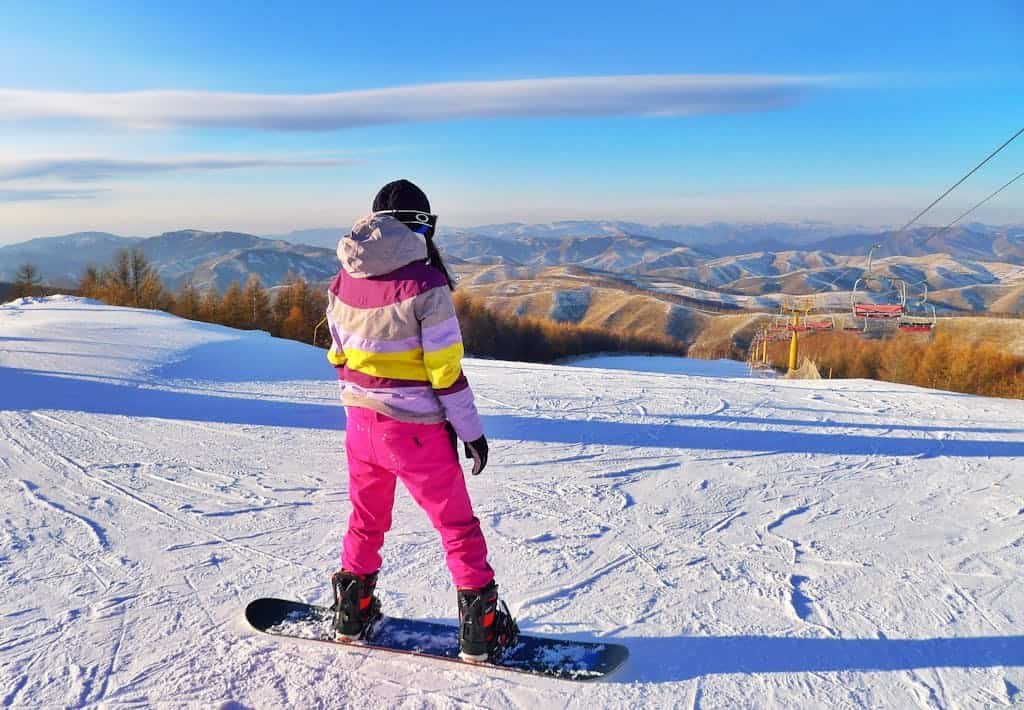Best Ski Goggles Of 2024
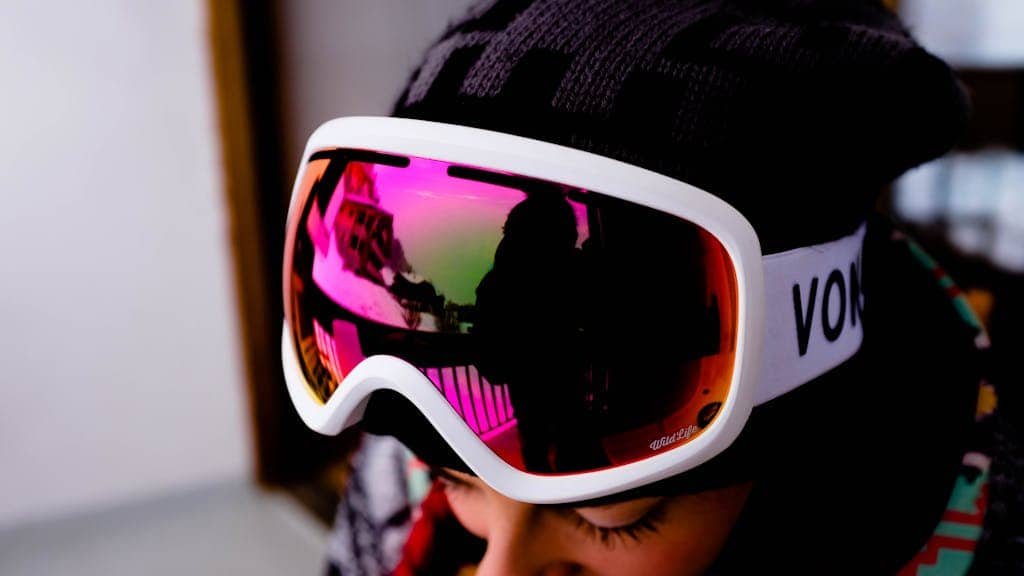
Heading out to the slopes? Don’t overlook one piece of gear that’s as crucial as your skis: the ski goggles. Far from just a fashion statement, these essential pieces of equipment serve two vital roles: shielding your eyes from the harsh elements and enhancing your vision through blizzards and bright sun alike.
Gone are the days of one-size-fits-all goggles that fog up the moment you start moving. Today’s options come equipped with advanced lens technologies, offering clearer vision and protection against UV rays, while designs have evolved to provide comfort and compatibility with your helmet. Whether you’re a seasoned pro navigating steep backcountry lines or a beginner eager to take on the groomed trails, having the right pair of goggles can transform your skiing experience.
After extensive research and consulting expert opinions, I present the top ski goggles of 2024, detailing essential features and the best options for various skier types.
You can check the buyer’s guide to learn more about ski goggles.
Ski Goggles Top Picks
Best Ski Goggles: Smith 4D MAG
Best for Wide Field View: Oakley Flight Deck L Prizm (Hi Pink)
Best For Fog Prevention: Julbo Lightyear
Best Over-The-Glasses (OTG) Ski Goggles: Anon M4 Toric MFI
Best Photochromic Ski Goggles: Sweet Protection Interstellar RIG Reflect
Best Budget Ski Goggles: Giro Method
Most Stylish Ski Goggles: Electric EG2-T
Best Ski Goggles
Smith 4D MAG
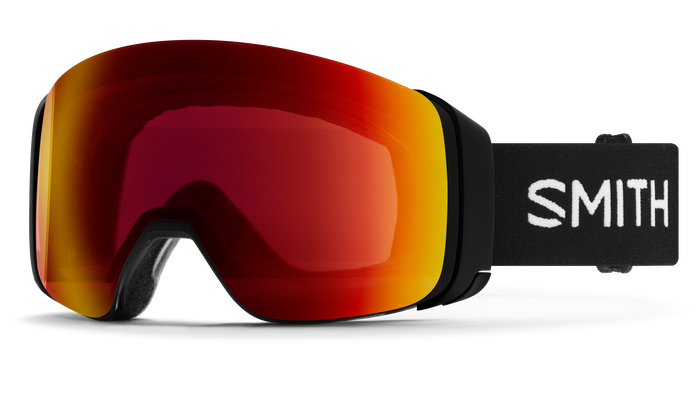
Frame Size: Medium
Lens Shape: Spherical
VLT: 16%
Likes: Wide field of view, great fit, and easy-to-swap lenses
Dislike: May not be ideal for powder days
The Smith 4D MAG Goggles redefine visual clarity and precision on the slopes with their BirdsEye Vision™ technology and spherical lens design, offering a 25% wider field of view than the Smith I/O MAG. Equipped with ChromaPop™ lenses for both low-light and bright conditions, these goggles enhance contrast and color, making details stand out by filtering out specific wavelengths of light.
The 4D MAGs also feature tapered lens technology for accurate vision, a durable hydrophobic coating for clear, smudge-free lenses, and a 5X anti-fog inner lens. Their quick and easy lens-change system, secured by two locking mechanisms, allows for swift adaptation to changing weather, complemented by a comfortable 3-layer DriWix face foam and a QuickFit strap adjustment system.
Each pair includes two ChromaPop lenses and a bonus ChromaPop Storm lens for diverse lighting conditions, ensuring compatibility with Smith helmets for a gap-free fit and fog-free performance.
Despite their advanced features and broad field of view, the 4D MAG goggles have a premium price and may require adjustment to the curved lens design. The magnetic lens system is quick but may not feel as secure as other models, and fit may vary, highlighting the importance of trying them on for personal comfort.
Best for Wide Field of View
Oakley Flight Deck L prizm (Hi Pink)
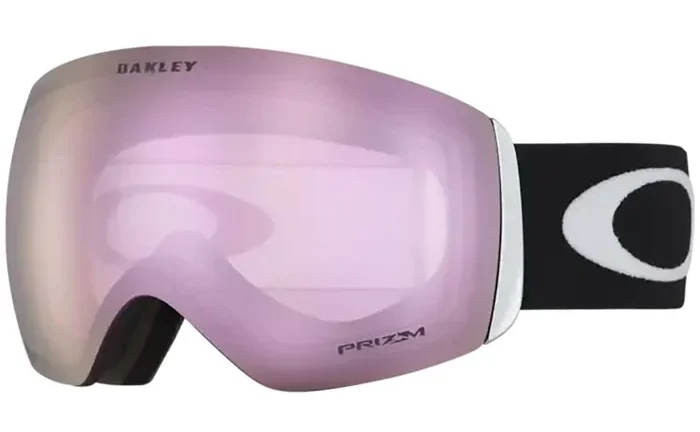
Frame Size: Large
Lens Shape: Spherical
VLT: 46%
Like: Generally adjusts well to a range of face shapes and integrates seamlessly with most helmets.
Dislike: No double-lens system, which can marginally improve fog resistance in extreme conditions.
The Oakley Flight Deck L Goggles, inspired by fighter pilots’ helmet visors, offer an expansive field of view with their large fit, ensuring you don’t miss anything on the slopes. Engineered for seamless helmet compatibility, these goggles allow you to pair any helmet style with ease. Featuring Oakley’s Ridgelock Technology, lens changes are swift and secure, maintaining a tight seal against the elements.
These goggles come equipped with Prizm™ Lens Technology, which sharpens visibility by enhancing the contrast and color of your surroundings. They are built to accommodate a large fit, ensuring a wide peripheral vision that lets you take in more of your environment.
The incorporation of Oakley’s Ridgelock Technology facilitates quick and easy lens changes while ensuring a tight seal against adverse weather conditions. These goggles are thoughtfully designed with discreet frame notches to accommodate most prescription eyewear, making them a versatile choice for various users.
Oakley’s advanced lens technology, including anti-fog features and Plutonite® material, ensures clear, protected vision in all conditions.
Best For Fog Prevention
Julbo Lightyear
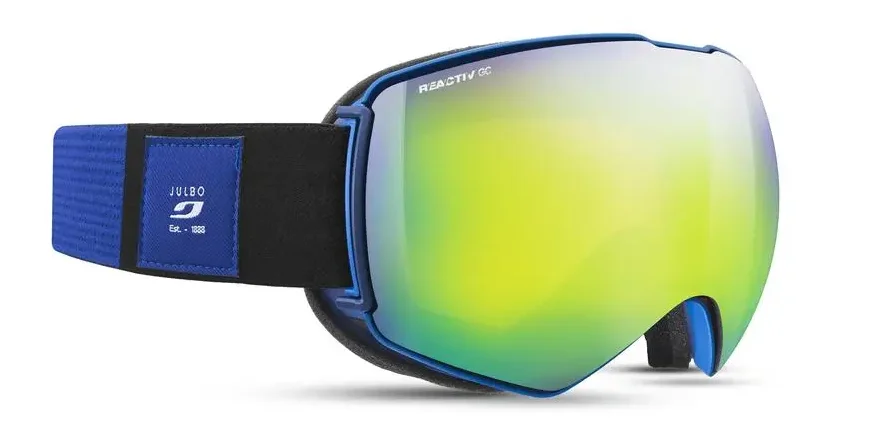
Frame Size: Large
Lens Shape: Spherical
VLT: 5% – 80%
Likes: Easy pop mechanism for better heat management
Dislike: Can’t swap lenses for specific conditions
The LIGHTYEAR goggles are designed to be the ultimate all-conditions companion on the slopes, featuring a large spherical lens that enhances peripheral vision, ensuring you don’t miss a thing. An innovative ventilation system integrated into the frame promotes air circulation, effectively preventing fogging. The goggles are equipped with a wide, slip-free silicone strap that ensures seamless helmet compatibility, making them suitable for various headgear.
At the heart of its design is the REACTIV lens technology, which adapts to changing weather conditions, providing optimal terrain readability and ensuring clear vision regardless of the weather’s unpredictability. Additionally, the goggles incorporate the magnetic SuperFlow Pro system, which allows for easy activation or deactivation, offering a hassle-free solution to manage fogging effectively.
The double adjustment strap allows for quick and symmetrical fitting adjustments, ensuring a perfect fit in seconds. Designed with an over strap, the goggles are compatible with all types of helmets, offering versatility. The slim frame construction of the goggles minimizes bulk, providing a wide field of vision and an unobstructed viewing experience.
Best Over-The-Glasses (OTG) Ski Goggles
Anon m4 Toric MFI
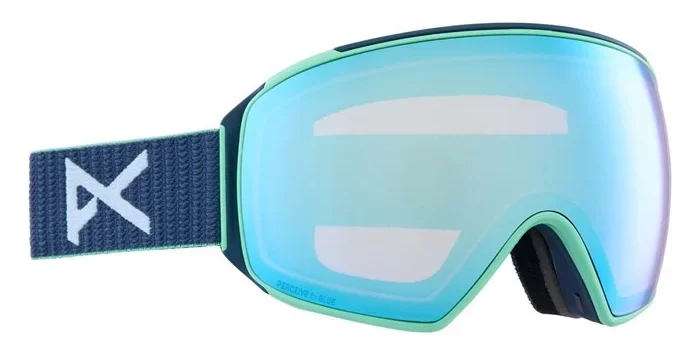
Frame Size: Large
Lens Shape: Toric
VLT: 6%-59%
Likes: Comfortable fit and good contrast
Dislike: Scratches easily
The Anon M4S Toric snow goggles provide a precise fit, expansive field of view, and the ultimate protection from the elements with their included MFI face mask.
Designed for versatility with both helmet and prescription glasses compatibility, these goggles stand out with their Magna-Tech® quick lens change technology. It uses magnets for effortlessly swapping between the included toric lenses which feature Perceive optics for outstanding terrain definition and clarity in any condition. The toric lens shape maximizes visibility while special coatings provide smudge resistance. These goggles shield you with 100% UV protection and come ready for snowy days with the seamless Magnetic Face Mask Integration.
Best Photochromic Ski Goggles
Sweet Protection Interstellar RIG Reflect
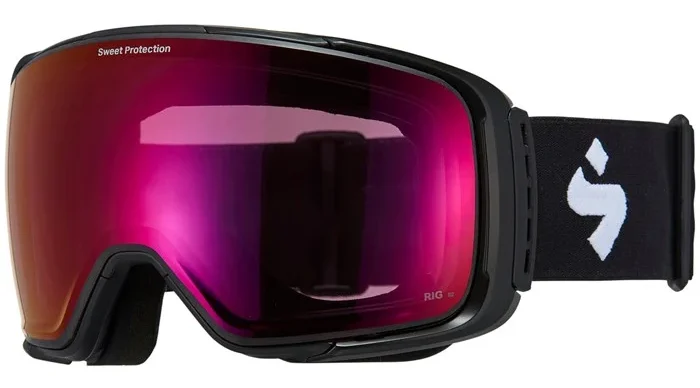
Frame Size: Large
Lens Shape: Toric
VLT: 4%-45%
Likes: Great in white-outs
Dislike: The lens attachment system is different compared to most in the market which makes it a bit more challenging to change the lens
The Interstellar RIG® Reflect Goggle features a 2.8mm Toric sculpted lens with RIG® lens technology for high contrast, minimal color distortion, and reduced eye fatigue, ensuring clear and comfortable vision for skiing and snowboarding. It includes the ExcenterLock for easy lens changes and a GORE® Protective Vent to prevent lens warping from atmospheric pressure changes. The goggles are enhanced with Clear AF anti-fog technology for superior vision in challenging conditions and have a carbon fiber-reinforced frame for durability without distortion. They also feature oleophobic and hydrophobic coatings to repel water and dirt, offer 100% UV protection, and provide extreme impact resistance with their design.
Best Budget Ski Goggles
Giro Method
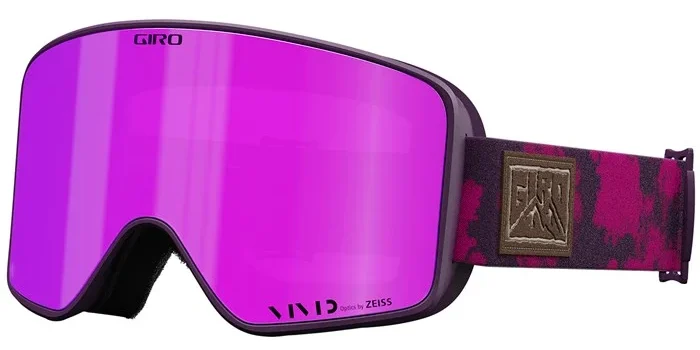
Frame Size: Large
Lens Shape: Cylindrical
VLT: 7%-79%
Likes: Great Fit and lightweight
Dislike: Narrow field of view
The Giro Method™ Goggle offers clear visibility, comfort, and style with VIVID lens technology from ZEISS®. It incorporates EVAK Vent Technology to prevent fogging and includes triple-layer face foam with microfleece for comfort throughout the day. The goggle design is modern, with clean lines. It comes with two VIVID lenses for sun/all conditions and low-light scenarios, fitting into an adult large frame. The EVAK vent technology, made from a durable, non-absorbent material, reduces fogging by releasing moisture and blocking external elements. Additional features include an anti-fog coating, the Slash Seal Lens Interchange System for easy lens swapping, injection-molded cylindrical VIVID lenses, compatibility with over-the-glasses (OTG) wear, and seamless integration with all Giro helmets.
Most Stylish Ski Goggles
Electric EG2-T
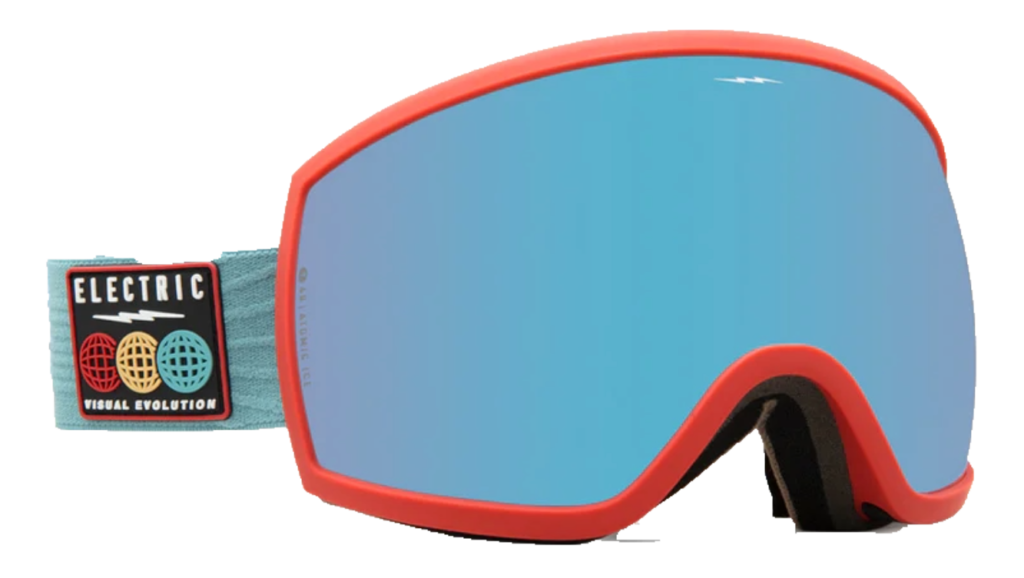
Frame Size: Large
Lens Shape: Toric
VLT: 48% (Atomic Ice Lens)
Likes: Wide peripherals
Dislike: Lens doesn’t have a quick-release system
The EG2-T continues the EG2’s legacy of maximizing lens size while minimizing frame bulk, featuring a toric lens that aligns with the natural curvature of the human head. This design enhances peripheral vision with less distortion and clearer visibility. The goggle offers a medium to large fit and comes with a bonus lens for low-light conditions.
It is helmet and over-the-glasses (OTG) compatible, suitable for all users, and includes a Repreve® goggle bag made from recycled plastic bottles. The optics feature an injected toric polycarbonate lens, including an Atomic Ice Lens with a 48% VLT for low light and a Bonus Onyx Lens with a 6% VLT for full sun, both offering wide peripheral vision, super anti-fog, anti-scratch coatings, and 100% UV protection. The construction comprises a mold-injected TPU lightweight frame, an ergonomic design, contoured triple-layer face foam, and a 40mm adjustable strap with a silicon lining for a secure fit.
Ski Goggles Buyer’s Guide
Polarized vs. Non-Polarized Lenses
Polarized Lenses are designed to reduce glare from reflective surfaces, such as snow or ice, by filtering out horizontal light waves. For skiers, this means enhanced visual clarity and reduced eye strain in bright conditions. Polarized lenses are ideal for combating the intense glare that can occur on sunny days, making them a popular choice for those who often ski in clear weather conditions. However, they can sometimes make it harder to distinguish ice patches on the slopes, as the glare that indicates these slippery areas is diminished.
Unlike their polarized counterparts, Non-Polarized Lenses do not filter out specific types of light. This means they don’t offer the same level of glare reduction, but they do provide a more natural view of the slope. Non-polarized lenses are versatile, performing well in a variety of lighting conditions, from overcast to sunny days. They allow skiers to better perceive contrasts and depth, which can be crucial for identifying changes in terrain, such as moguls or ice patches.
The decision between polarized and non-polarized lenses comes down to personal preference and typical skiing conditions. If you find yourself squinting against the glare on bright days, polarized lenses might offer the relief you need. On the other hand, if you value terrain contrast and ski in mixed lighting conditions, non-polarized lenses could be more your speed.
Lens Tint and Visual Light Transmission (VLT)
Beyond the polarization of ski goggles, lens tint and VLT (Visible Light Transmission) are other important factors that can greatly influence your vision on the slopes.
The color of your goggle lens isn’t just about style; it affects how well you can see in different lighting conditions. Different tints enhance contrast and depth perception by filtering specific light conditions and colors.
- Yellow, Gold, and Amber: These tints excel in low-light, foggy, or snowy conditions by enhancing contrast and depth perception. They make the environment appear brighter and are ideal for days when the light is flat and visibility is reduced.
- Rose and Vermilion: Similar to yellow and amber, these tints are great for increasing contrast in snowy or overcast conditions. They provide a comfortable visual experience that’s easy on the eyes, making them a good choice for all-day wear.
- Green: Green lenses offer a balance between contrast enhancement and color definition, making them versatile for both sunny and cloudy days.
- Blue and Purple: These tints reduce glare in bright conditions and enhance the contours of the snow, making them suitable for sunny days.
Visible Light Transmission (VLT) refers to the percentage of light that a lens allows to pass through to your eyes. It’s important to consider because it determines how well you can see in various lighting conditions.
- Higher VLT (generally 40% and above): These lenses allow more light to pass through, making them ideal for low-light conditions like cloudy days, flat light, or night skiing. They provide better visibility in these situations but might not be sufficient for bright sunny days.
- Lower VLT (generally 20% and below): These lenses let in less light, making them suitable for bright sun and glare. They offer better eye protection and reduce squinting but can limit visibility in low-light conditions.
Here’s a general guideline for VLT percentages and their corresponding conditions:
- VLT 80-100%: Perfect for flat light or night skiing, but not recommended for sunny days.
- VLT 40-60%: Ideal for cloudy or variable conditions.
- VLT 18-25%: Good for bright sun and light snow.
- VLT 8-15%: Ideal for very bright sun and conditions with high glare (glacier skiing, fresh snow).
Photochromic Lenses
These photochromic lenses automatically adjust their tint based on the intensity of UV light, making them incredibly versatile for skiing. Here’s why they’re beneficial:
- Adaptability: Photochromic lenses transition from clear to dark and vice versa as light conditions change. This means you can ski from early morning into the afternoon with the same pair of goggles, regardless of whether it’s cloudy or sunny.
- Convenience: With photochromic lenses, there’s no need to swap goggles or lenses when the weather changes. This not only saves time but also reduces the gear you need to carry.
- Cost-Effectiveness: Investing in one pair of goggles that adapt to all conditions can be more economical than purchasing multiple pairs for different light scenarios.
While photochromic lenses offer unparalleled convenience and adaptability, they do have limitations. The speed at which they adjust can vary, and in extremely cold temperatures, the transition may be slower. Despite these minor drawbacks, their benefits for an all-day ski experience are unmatched.
Frame Size
Ski goggle frames generally come in three sizes: small, medium, and large. The right size for you depends on your face size and personal preference.
- Small Frames are typically designed for children or adults with smaller facial features. They provide a snug fit and are lightweight, but may offer a slightly reduced field of view compared to larger sizes.
- Medium Frames are the most versatile, fitting a wide range of face sizes. They strike a balance between comfort and a broad field of view, making them a popular choice among recreational skiers.
- Large Frames offer the widest field of view, allowing for maximum peripheral vision. This can be a significant advantage for performance-oriented skiers or those who simply prefer a more immersive visual experience. However, they may feel bulkier and require a helmet with a compatible design to avoid gaps.
How to Determine Your Ideal Frame Size:
- Measure Your Face:
- Face Width: Measure horizontally from the outside of one temple to the outside of the other. This helps you get a rough idea of the goggle width you might need.
- Consider Helmet Compatibility:
- Your goggles should pair well with your helmet, creating a comfortable seal without large gaps or excessive pressure. It’s helpful to try on goggles with your helmet, if possible.
- Trying Them On:
- The best way to determine the right size is to try on different goggle frames.
- A good fit means:
- Even contact across your face.
- No excessive pressure points on your nose or temples.
- No significant gaps between the foam of the goggles and your face (a small gap around the perimeter is okay).
Frame Shape
Frame shape plays a key role in both how your ski goggles look and function! Here’s a breakdown of the main frame shapes and their characteristics
Cylindrical: This traditional shape features a lens that curves horizontally but remains relatively flat vertically.
Pros: Offers a wide field of view, good value, classic look.
Cons: Can have minor distortion at the edges of your vision.
Spherical: Both the horizontal and vertical surface of the lens curve outward, resembling a section of a sphere.
Pros: Provides the widest peripheral vision, minimal distortion, modern look.
Cons: Can be slightly more expensive than cylindrical lenses.
Toric: A hybrid design combining features of cylindrical and spherical lenses.
Pros: Offers excellent peripheral vision and reduces distortion compared to cylindrical lenses. Often seen as a good middle ground between the two main shapes.
Cons: Can be more expensive than cylindrical, with a bit less peripheral vision than spherical.
Semi-rimless or Frameless: Designs with minimal or no frame around the lens.
Pros: Maximum field of view, very lightweight, sleek modern aesthetic.
Cons: Can be more prone to lens replacements if damaged, sometimes slightly more expensive.
Over-the-glass (OTG) and Prescription Solutions
OTG goggles are designed to seamlessly fit over your regular glasses, offering a unique combination of features tailored for comfort and clarity. The spacious interior is a key characteristic, providing ample room to accommodate glasses without pressing them against your face. Some OTG models are equipped with notches or cutouts at the temples, designed to allow the arms of your glasses to pass through without bending or distorting the frame or lenses of your glasses.
Recognizing that wearing glasses inside goggles can significantly increase the risk of fogging, OTG goggles are often outfitted with advanced anti-fog ventilation systems. These systems are crucial for maintaining a clear line of sight, as they promote air circulation around both the lenses of your glasses and the goggles themselves, ensuring your vision remains unobstructed.
For those seeking an alternative to wearing glasses under goggles, prescription inserts and specially designed prescription lenses offer a seamless solution.
- Prescription Inserts: These are custom-made to your prescription and fit inside the ski goggles. Inserts sit behind the goggle lens, providing clear vision without the bulkiness of wearing glasses. They can be easily removed and transferred between different goggles, making them a versatile choice.
- Prescription Lenses: Some high-end goggles come with the option to have prescription lenses built directly into the goggles. This option provides the clearest and most integrated solution for vision correction, eliminating the need for inserts or glasses altogether. However, this can be a more expensive option and may limit your ability to switch lenses based on lighting conditions.
Fit and Comfort
Fit and pressure distribution are the key. The goggles should feel snug without creating annoying pressure points on your face, especially the nose and temples. Even contact with minimal gaps around the perimeter is ideal to prevent cold air from seeping in and causing discomfort or fogging. Additionally, the nose bridge area shouldn’t pinch and some goggles offer adjustable pieces for a more personalized fit.
Beyond the basic fit, other features contribute to comfort. The foam padding around the goggles comes in various densities. Denser foam creates a secure fit but might feel less plush, while softer foam offers more comfort but may not be as durable. To prevent fogging, good ventilation is essential. Look for goggles with vents that aren’t blocked by your helmet.
Don’t forget about your face shape and size! Manufacturers offer goggles in small, medium, and large sizes, and some brands even have an “Asian fit” designed for specific facial characteristics. If you wear prescription glasses, you’ll need Over-The-Glasses (OTG) goggles with extra volume and special cutouts to fit comfortably over your glasses.
Helmet Compatibility
Your ski goggles and helmet should function as one cohesive system. Ideally, there should be a smooth transition between the top of your goggles and the helmet’s brim, minimizing any gaps. Large gaps can allow cold air to sneak in, leading to discomfort, fogging, and the dreaded “gaper gap”. On the other hand, excessive overlap can apply unwanted pressure on your forehead.
Pay close attention to the shape of your helmet and how specific goggle frames work with it.
Goggle straps should fit comfortably over or under your helmet, depending on your preference. Make sure your helmet doesn’t obstruct the strap mechanism or cause the strap to sit awkwardly. Some helmets have dedicated strap guides or loops to keep the strap secure.
This compatibility is essential for both safety and warmth. For example, the Smith I/O MAG goggles are designed with a quick-fit strap adjustment system and 3-layer DriWix face foam, ensuring a comfortable and secure fit with most ski helmets on the market. Their design takes into account the curvature of the helmet, ensuring that the goggles fit snugly against the face and helmet, providing a seamless interface that keeps the elements out and warmth in.
But the absolute best way to ensure compatibility is to try on your helmet and potential goggles together in the store.
Ventilation and Anti-fog
The ventilation system typically consists of strategically placed openings or vents in the frame of the goggles. These vents allow for a continuous flow of air inside the goggles, which helps to dissipate moisture and regulate the temperature inside the goggles’ environment.
In addition to physical ventilation, many ski goggles incorporate anti-fog coatings on the inner surface of the lens. These coatings are hydrophilic, meaning they attract water molecules and spread them thinly across the surface, preventing the formation of water droplets that can obstruct your vision. This technology works hand in hand with the ventilation system to ensure that your vision remains clear, even during strenuous activity or in conditions that are prone to causing lens fog.
Some goggles went a step further by integrating fans or electronic anti-fog systems with a small, battery-operated fan that can actively circulate air within the goggles, dramatically reducing the likelihood of fogging.
But please remember that effective ventilation and anti-fog features not only depend on the design of the goggles but also on a proper fit. Goggles that fit well will seal correctly around your face, optimizing airflow and the function of anti-fog technologies.

